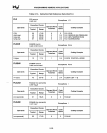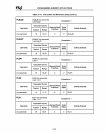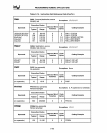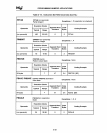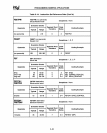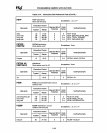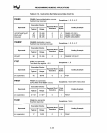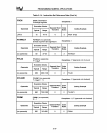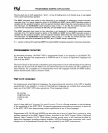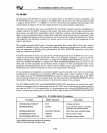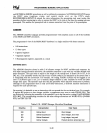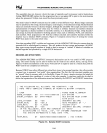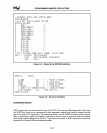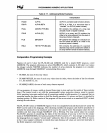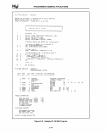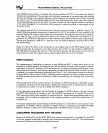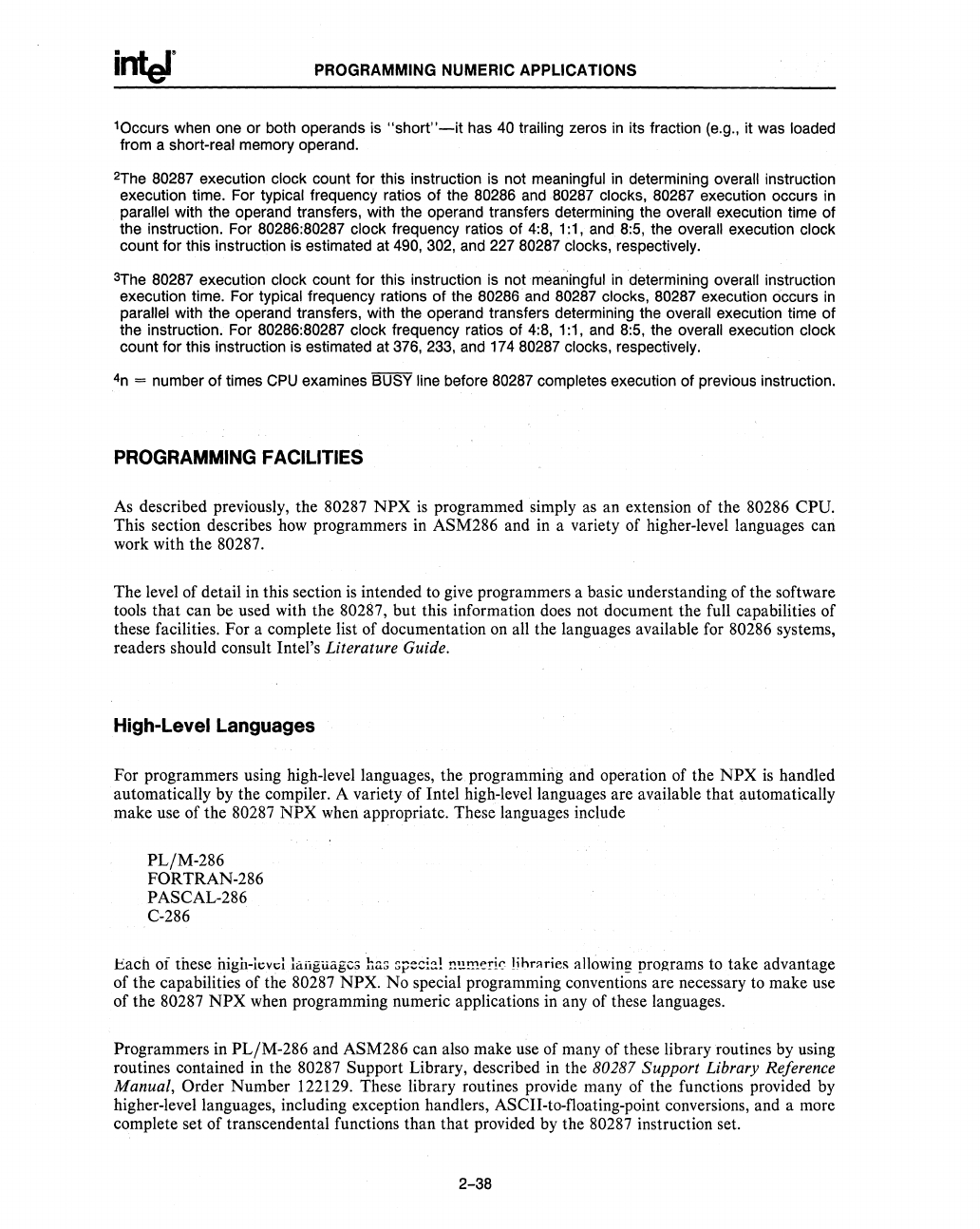
PROGRAMMING NUMERIC APPLICATIONS
10ccurs when one or both operands is
"short"-it
has 40 trailing zeros
in
its fraction (e.g., it was loaded
from a short-real memory operand.
2The
80287 execution clock count for this instruction is not meaningful
in
determining overall instruction
execution time. For typical frequency ratios
of
the 80286
and
80287 clocks, 80287 execution occurs in
parallel with the operand transfers, with the operand transfers determining the overall execution time
of
the instruction. For 80286:80287 clock frequency ratios of 4:8,1:1,
and
8:5, the overall execution clock
count for this instruction is estimated at 490,302,
and
22780287 clocks, respectively.
3The
80287 execution clock count for this instruction is not meaningful
in
determining overall instruction
execution time. For typical frequency rations
of
the 80286 and 80287 clocks, 80287 execution Occurs
in
parallel with the operand transfers, with the operand transfers determining the overall execution time
of
the instruction. For 80286:80287 clock frequency ratios of 4:8, 1:1,
and
8:5, the overall execution clock
count for this instruction is estimated at 376,233,
and
17480287 clocks, respectively.
4n
= number
of
times
CPU
examines BUSY line before 80287 completes execution of previous instruction.
PROGRAMMING
FACILITIES
As
described previously, the 80287
NPX
is
programmed simply as an extension of the 80286 CPU.
This section describes
how
programmers in ASM286 and
in
a variety of higher-level languages can
work with the 80287.
The level of detail in this section
is
intended to give programmers a basic understanding of the software
tools that can be used with the
80287, but this information does not document the full capabilities of
these facilities. For a complete list of documentation
on
all the languages available for 80286 systems,
readers should consult Intel's
Literature Guide.
High-Level Languages
For programmers using high-level languages, the programming and operation of the
NPX
is
handled
automatically by the compiler. A variety of Intel high-level languages are available that automatically
make use of the
80287
NPX
when appropriate. These languages include
PL/M-286
FORTRAN-286
PASCAL-286
C-286
hach
of these .high-h;vd
li:i.iigiiagcs
hus
~peci:l!
n!!mer!<:
\ihrllries allowing programs to take advantage
of the capabilities of the
80287 NPX. No special programming conventions are necessary to make use
of the
80287
NPX
when programming numeric applications in any of these languages.
Programmers in PL/M-286 and ASM286 can also make use of many of these library routines by using
routines contained in the
80287 Support Library, described in the 80287 Support Library Reference
Manual,
Order Number 122129. These library routines provide many of the functions provided by
higher-level languages, including exception handlers, ASCII-to-floating-point conversions, and a more
complete set of transcendental functions than that provided by the
80287 instruction set.
2-38



